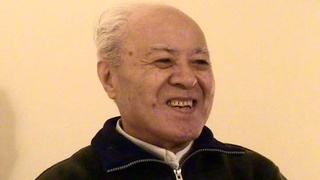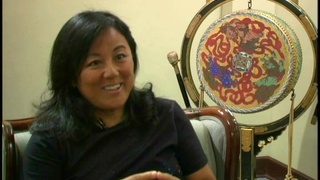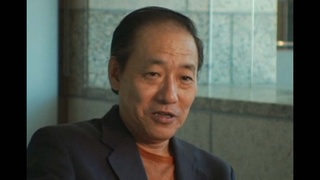Interviews
The reason he came to the United States (Japanese)
(Japanese) I was looking to go overseas, like America or some place. One day, I read in the newspaper that Sukeroku daiko performed in Brazil and set up a branch in America afterwards. That news got me all excited. I thought, “Hey, there might be a chance to play taiko in America.“ At that time, there was a song Under the Blue California Sky that swept the country. I thought, “Boy, how cool is that to play the Japanese taiko under that California sky.“ So I came over here in 1973 and stayed ever since.
Date: April 1, 2005
Location: California, US
Interviewer: Ann Kaneko
Contributed by: Watase Media Arts Center, Japanese American National Museum.
Explore More Videos


Initial struggles with the language barrier (Japanese)
(b. 1917) Okinawan, Issei Argentinean

Decision to settle in Argentina after WWII (Spanish)
(b. 1929) Nisei Argentinean


Government urged Japanese Canadians to go to Japan
(b. 1928) Doctor. Former Chair of the Japanese Canadian Redress Foundation.






The myth of the sacrifice of immigrants (Spanish)
(b. 1962) Peruvian Poet, Okinawan descendant


On returning to post-war Peru (Japanese)
(b. 1948) Executive Director of Amano Museum


